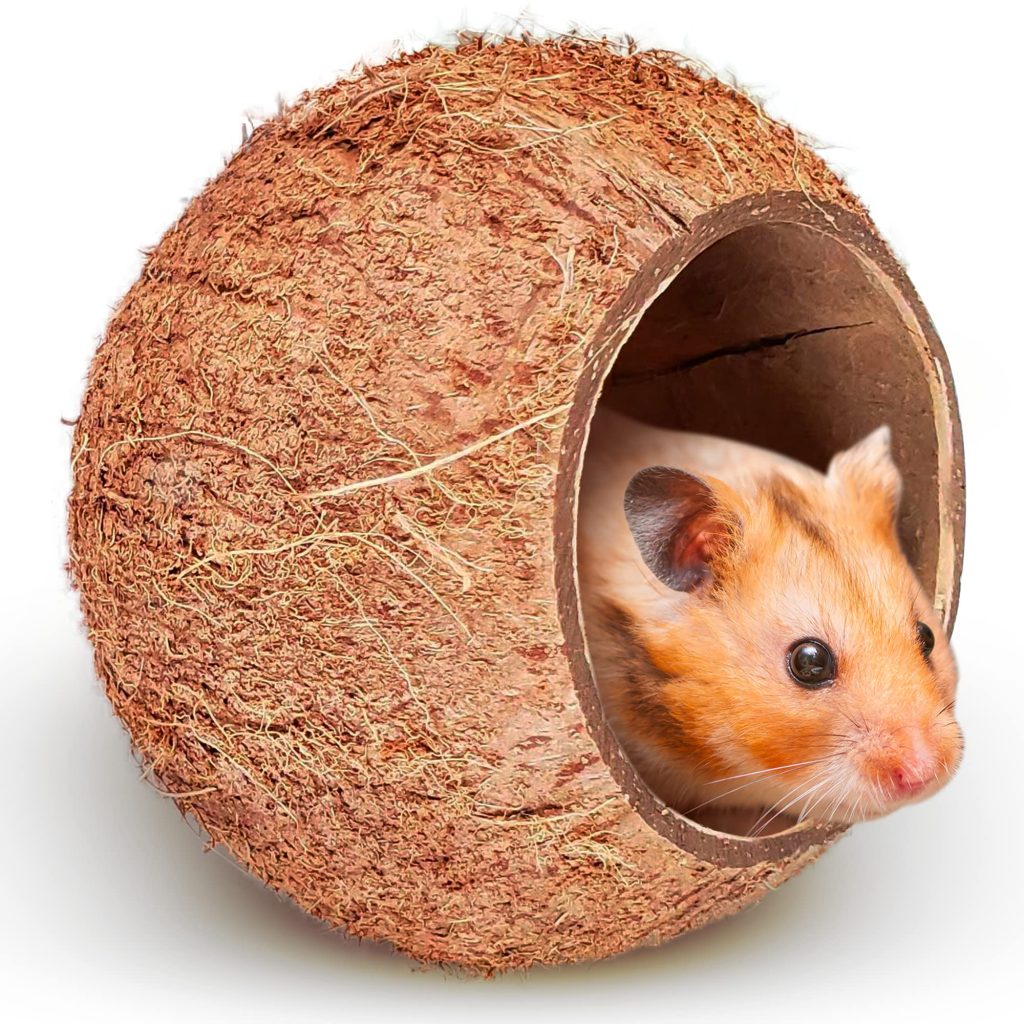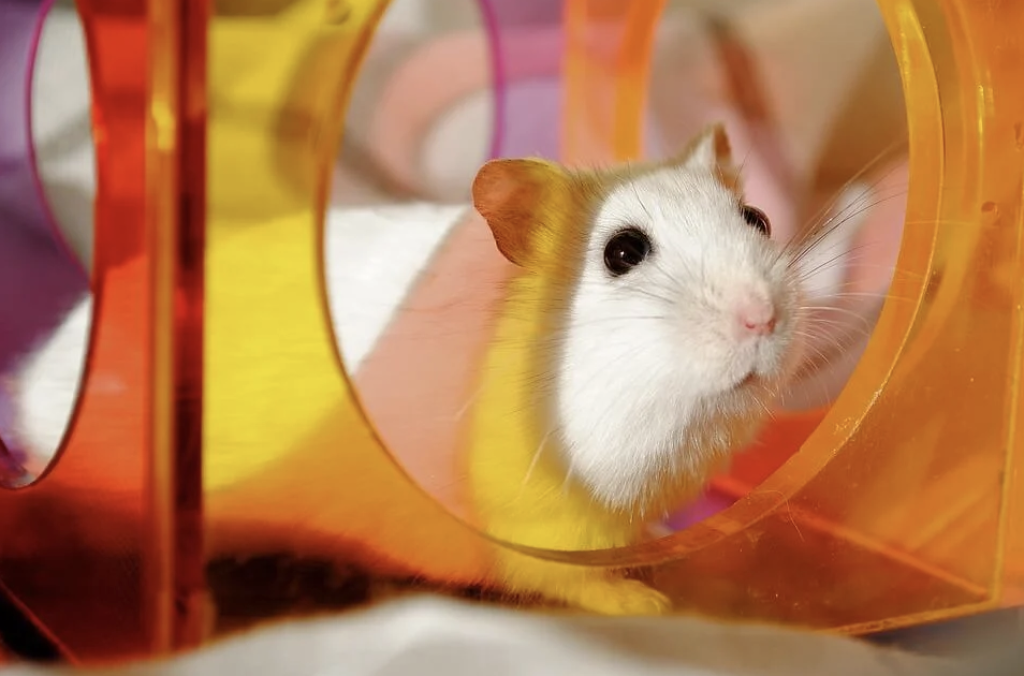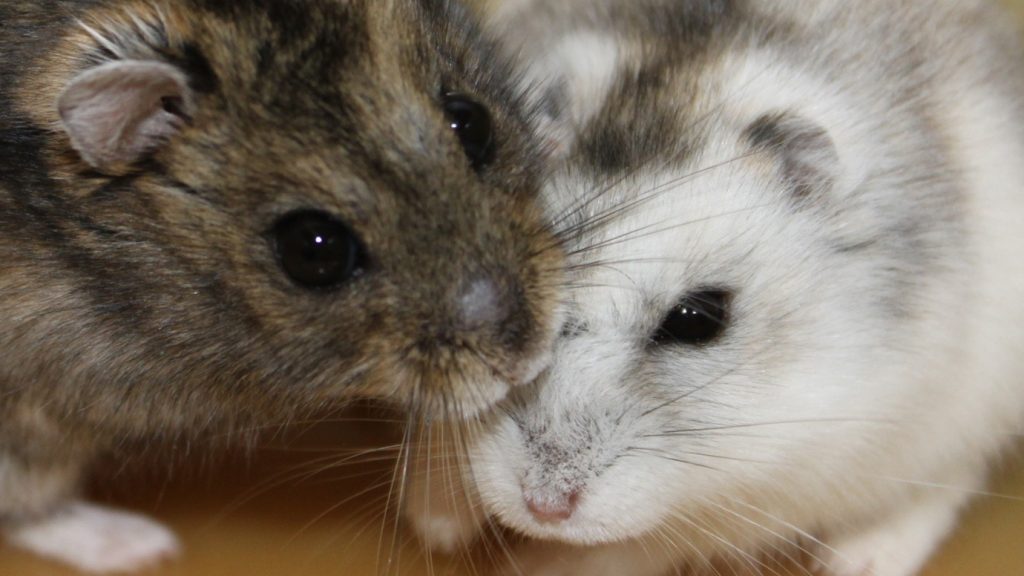From the cute and cuddly to the mischievous and sometimes even feared, rodents have been an integral part of human culture for thousands of years. They are small, furry mammals that belong to the order Rodentia, which includes rats, mice, squirrels, and other small animals. As humans have interacted with rodents throughout history, these creatures have become a part of our folklore, often symbolizing different things in different cultures. In this article, we will explore the symbolism and folklore associated with family rodents in different cultures.

In Western cultures, rats and mice are often associated with negative connotations. They are seen as dirty, disease-carrying creatures that scurry around in the shadows. Because they are often associated with filth and decay, they are often used as symbols of death and decay in literature and art. In Shakespeare’s play Macbeth, the witches use rat’s tails as one of the ingredients in their spell, symbolizing the dark and sinister nature of their magic. Similarly, in Edgar Allan Poe’s short story “The Pit and the Pendulum,” a rat is used to symbolize the impending doom of the narrator.
Despite these negative associations, there are also positive associations with rats and mice in Western cultures. They are often depicted as cute and lovable creatures in children’s books and cartoons, such as Stuart Little and Mickey Mouse. In some Native American cultures, mice are seen as tricksters, playing pranks on humans and other animals. This mischievous nature is also reflected in Aesop’s fables, where the cleverness of the mouse is often highlighted.
In Chinese culture, rats are seen as symbols of wealth and prosperity. According to Chinese mythology, the rat was the first of the twelve animals of the Chinese zodiac, earning its place by being the cleverest of all the animals. In one famous legend, the rat rode on the back of the ox to cross a river, jumping off at the last moment to become the first animal in the zodiac. Because of this association with wealth and intelligence, rats are often featured in Chinese art and literature as symbols of good fortune.
In Hindu culture, the rodent that holds the greatest significance is the mouse. In Hindu mythology, the mouse is the vehicle of the god Ganesha, the remover of obstacles and patron of the arts and sciences. Because of this association with wisdom and intellect, the mouse is often seen as a symbol of good fortune and prosperity in Hindu culture. In some parts of India, it is considered good luck to feed a mouse, as it is believed that doing so will bring wealth and prosperity to one’s home.

In the Islamic tradition, rats and mice are generally seen as harmful creatures, associated with disease and danger. In some Islamic cultures, however, the rat is seen as a symbol of resourcefulness and adaptability, traits that are highly valued in a harsh desert environment. In some Islamic folktales, rats are depicted as clever and resourceful creatures that are able to outmaneuver their enemies with their wits and cunning.
In African cultures, rodents are often associated with fertility and abundance. In many African tribes, rats and mice are considered to be important totems that symbolize the fertility of the earth and the abundance of food. In some African folktales, rats are portrayed as tricksters and mischief-makers, often outsmarting their more powerful animal counterparts through their cleverness and wit.
In South American cultures, rodents are often associated with shamanism and spiritual power. In the Andes, guinea pigs are considered to be sacred animals that have the power to ward off evil spirits and bring good luck to their owners. In some indigenous South American religions, guinea pigs are used as sacrifices to the gods, symbolizing the renewal of life and the cycle of death and rebirth.

In conclusion, rodents have played a significant role in the folklore and symbolism of cultures around the world. While they are often associated with negative connotations in Western cultures, they are seen as symbols of good fortune and prosperity in other parts of the world. Whether viewed as clever tricksters or sacred animals, rodents have captured the imaginations of humans for thousands of years, and will likely continue to do so for many more to come.